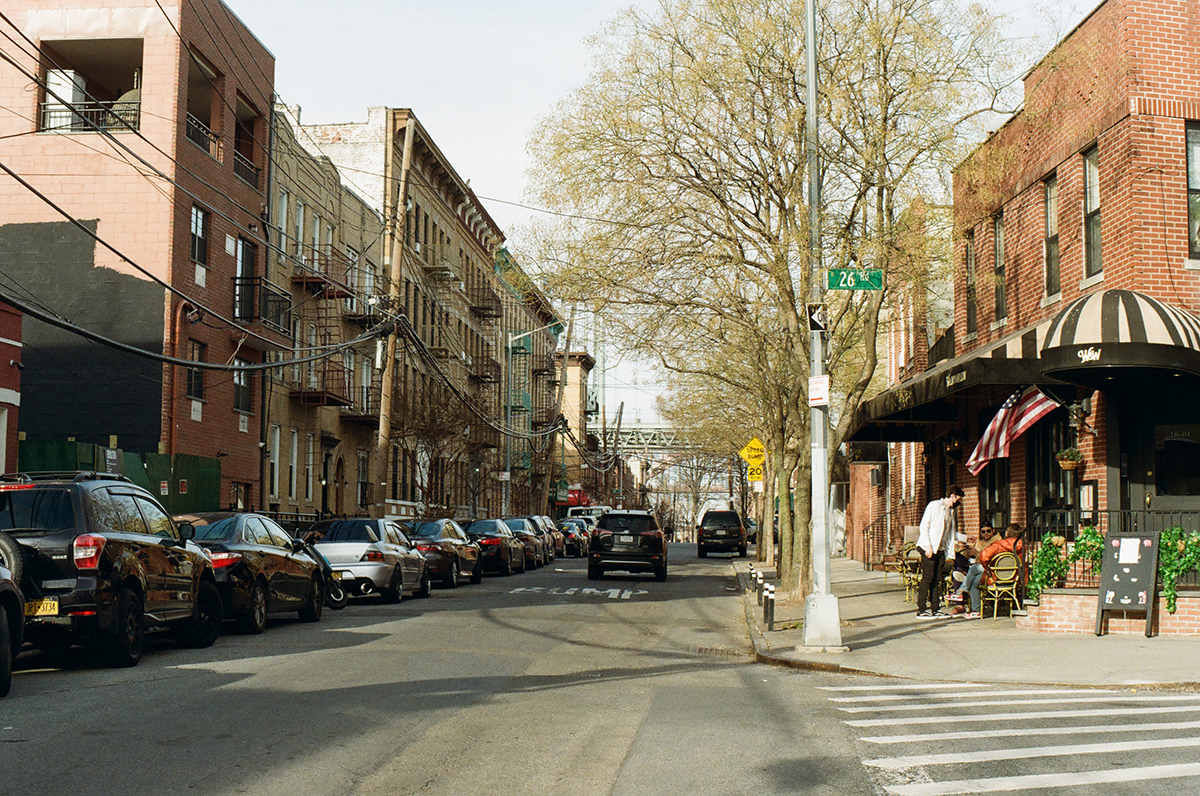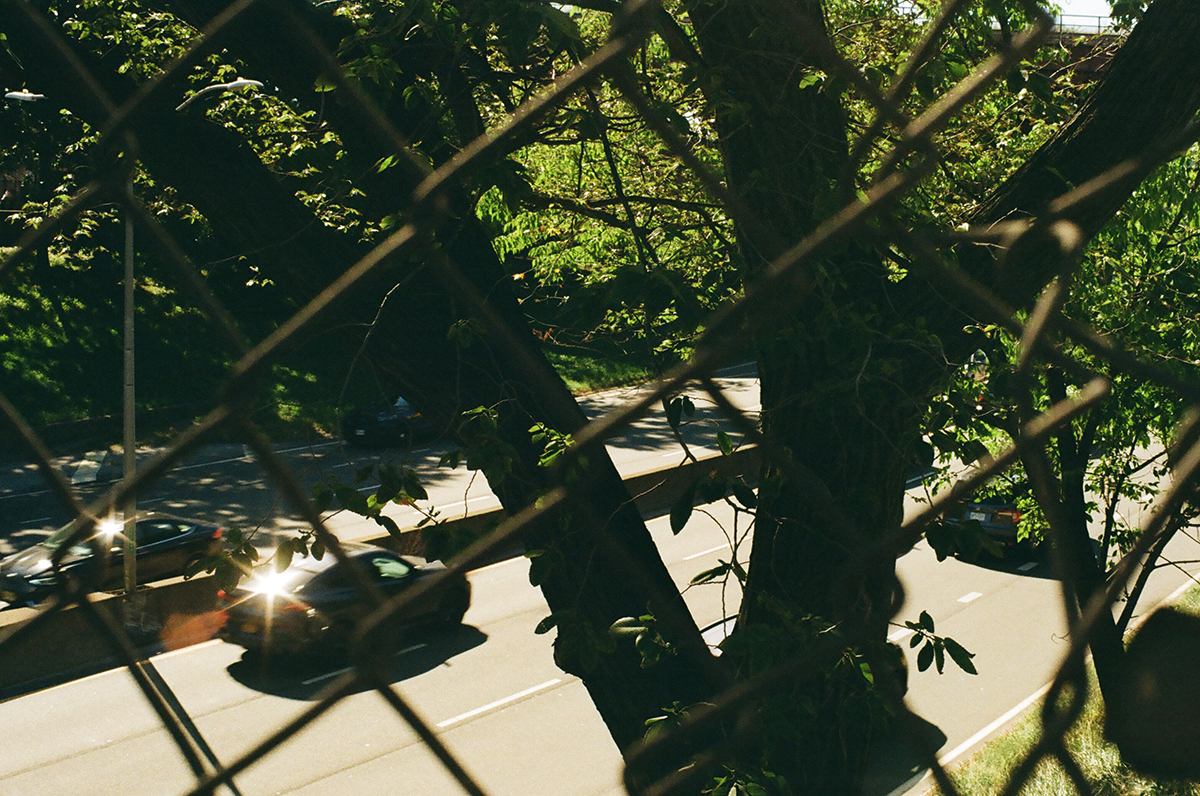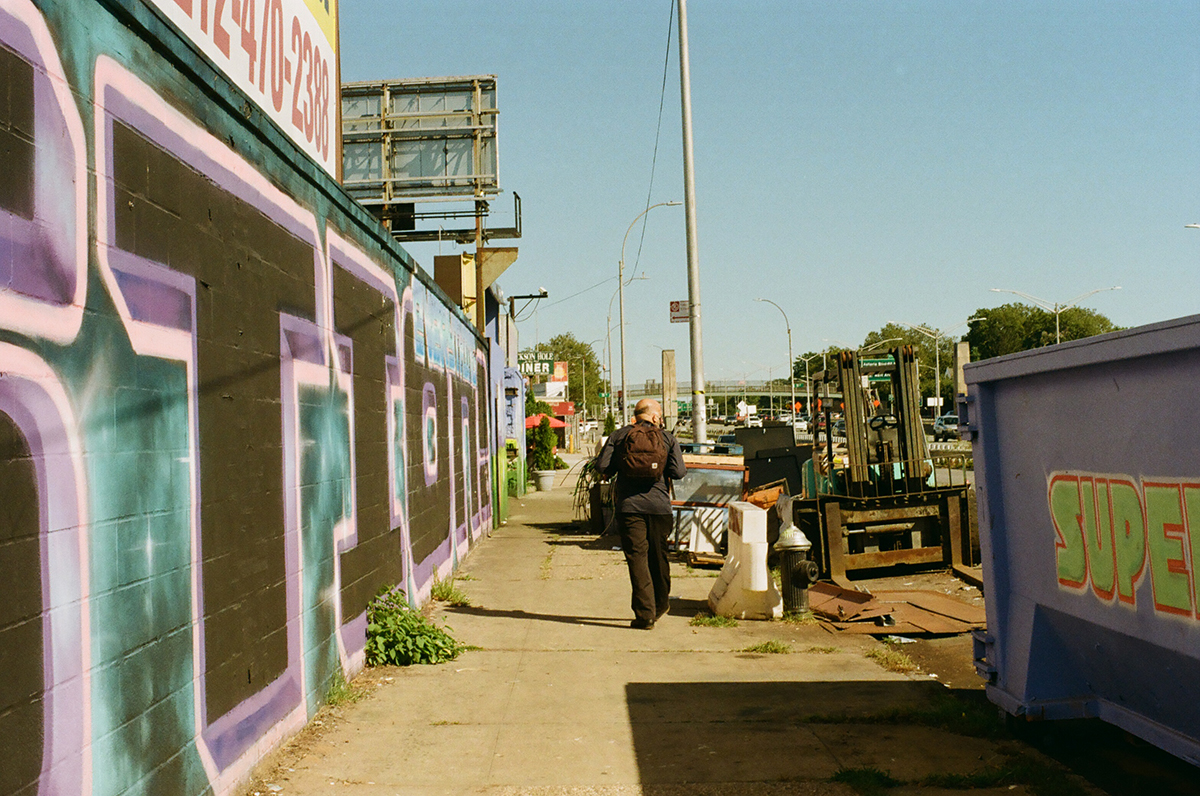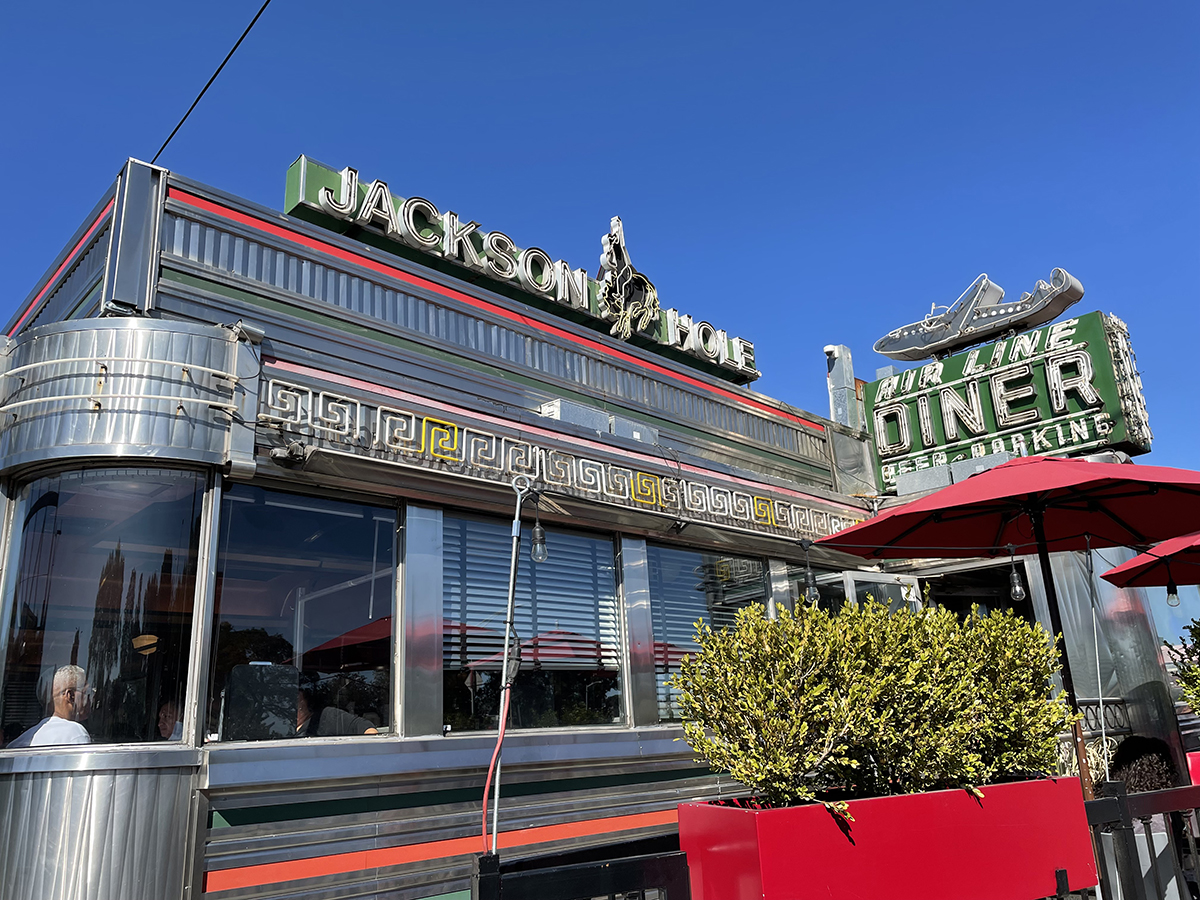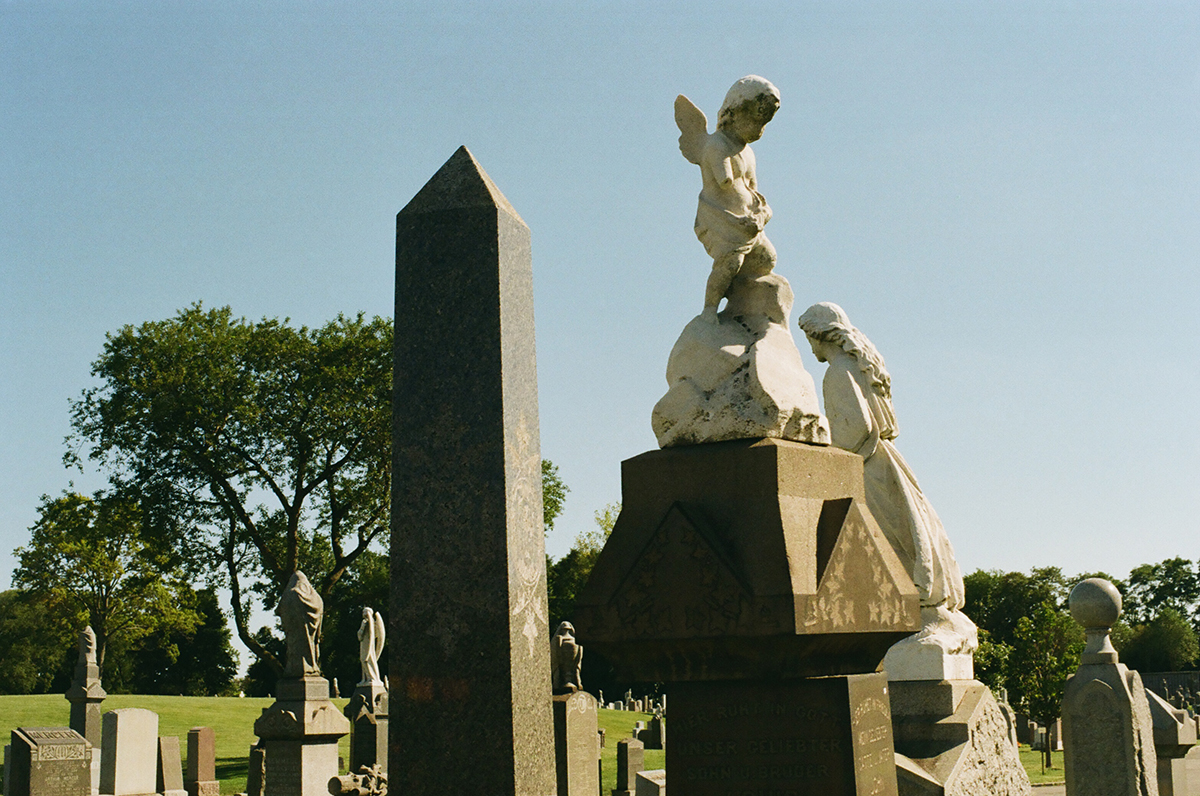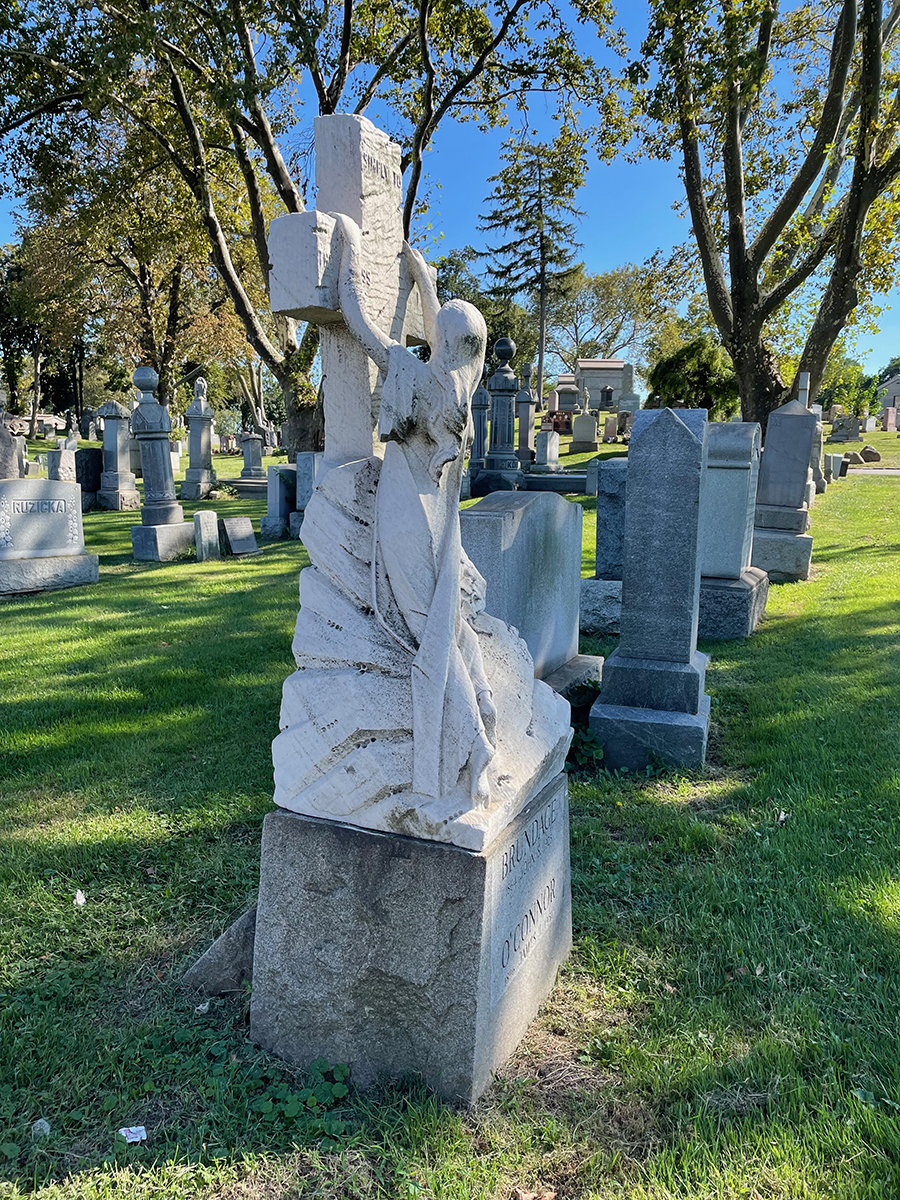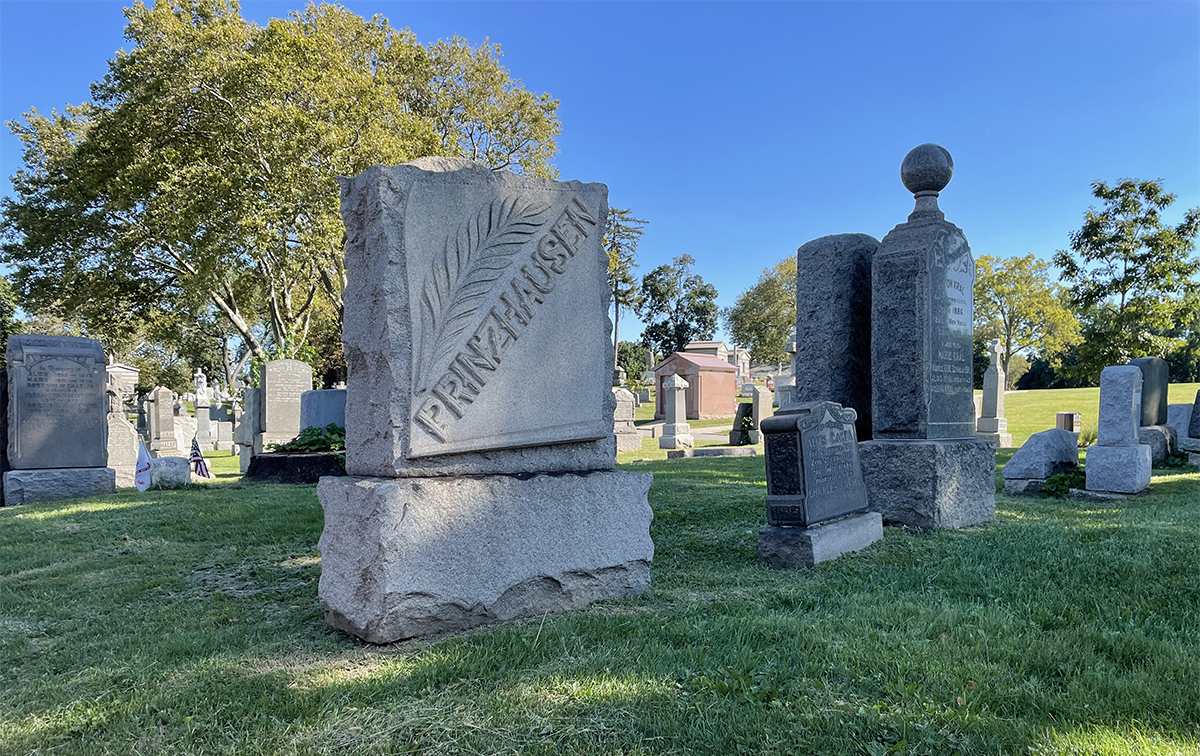The Grand Central Parkway begins at the foot of the Triborough (RFK now, though I can’t remember to call it that) Bridge, overlapping with the BQE for a bit, in Astoria, Queens.
Astoria is quiet and residential and full of low-rise single family homes and brick townhouses. It was named for John Jacob Astor, in order to flatter him enough to convince him to invest in the neighborhood, which he reluctantly did. He never visited, though he could see the village from his summer home in Manhattan. At first it was a sort of a country get-away for the wealthy to relax.
During the late 1800s, there was an increase in factories and industry along the waterfront that brought German immigrants who were furniture and cabinet makers into the neighborhood. The most famous is probably Henry Steinway, the man who founded the Steinway Piano Company in 1853; he also built a sawmill, foundry, and streetcar line. The family created Steinway Village for the workers in their factories.
The approach to the Hell Gate Bridge, which carries passenger and freight trains over the East River, runs through the middle of the neighborhood just north of the GCP, and murals decorate its underpasses. We took our time wandering through Astoria before making our way towards the service road next to the Parkway.
The Grand Central Parkway itself forms a barrier between north and south portions of Astoria.
The GCP’s route mirrors a road called Astoria Boulevard that was obliterated when the highway was constructed, and now the service roads on the north and south sides are called Astoria Boulevard North and Astoria Boulevard South.
On the north side of Astoria Boulevard are some scrap metal shops, then a glorious diner called the Jackson Hole, with the most wonderful preserved sign. We enjoyed the sign, and then crossed over to Astoria Boulevard South, following the highway east towards Jackson Heights.
Along the northern edge of St. Michael’s Cemetery we walked on a narrow not-quite-a-sidewalk next to the access road that gradually disappeared, until we reached an entrance.
St. Michael’s is one of many cemeteries in Queens; there’s more than five million people buried in Queens, more than double the living population of the borough. St. Michael’s is one of the oldest in the city, dating back to 1852, one of a number that were opened after the state passed the Rural Cemetery Act, a law that encouraged the city of New York to bury its dead in areas outside of Manhattan, on undeveloped land.
Rev. Thomas McClure Peters purchased the land to start this cemetery in order to provide a resting place for the poor and working classes in the city, and the names on the plots tell a story about the different waves of immigrants who have arrived in New York City over the past 170 years, from German to Italian and Greek, then Chinese, Korean and Hindu family names.

